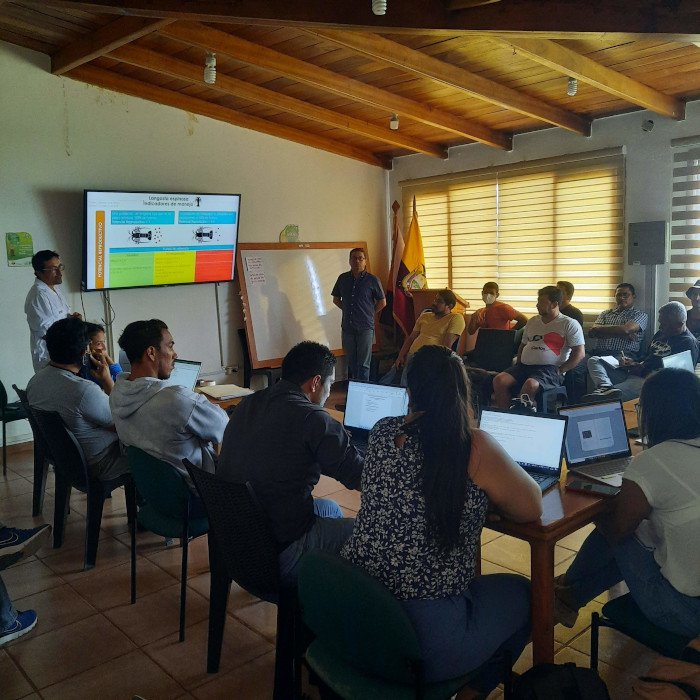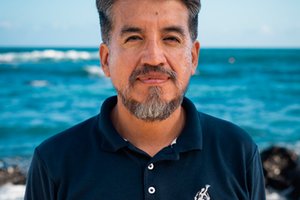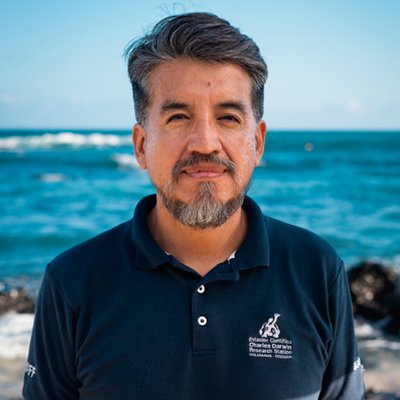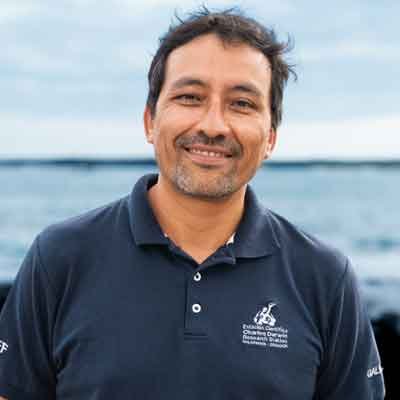In August 2022, we were on the brink of initiating the final working session regarding the sea cucumber fishery in the process of updating the Fishing Calendar, which is the management plan for the fisheries in the Galapagos Marine Reserve. The sea cucumber is the Galapagos' most valuable fishery, capable of generating nearly three million US dollars in less than a month of fishing. However, the only species of sea cucumber caught in Galapagos, Isostichopus fuscus, is highly vulnerable to overexploitation. From 2016 to 2020, its capture was prohibited for five years to allow the species to recover.
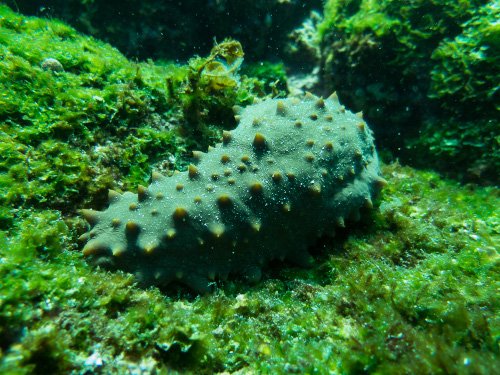
During this time, in the Charles Darwin Foundation's Interdisciplinary Fisheries Project, we evaluated the management system for this species to recommend actions for its recovery. We discovered that Galapagos possesses the world's most extensive sea cucumber data. Over 20 years of underwater and dockside monitoring led us to consider new methodologies to assess the species' population health. We published two scientific articles—one updating the methodology to determine sea cucumber quantities in Galapagos, and another proposing a change in the management system. This change involves utilizing a mathematical model that assesses the current and future health status of the sea cucumber population in Galapagos, recommending sustainable extraction levels without harming the population.
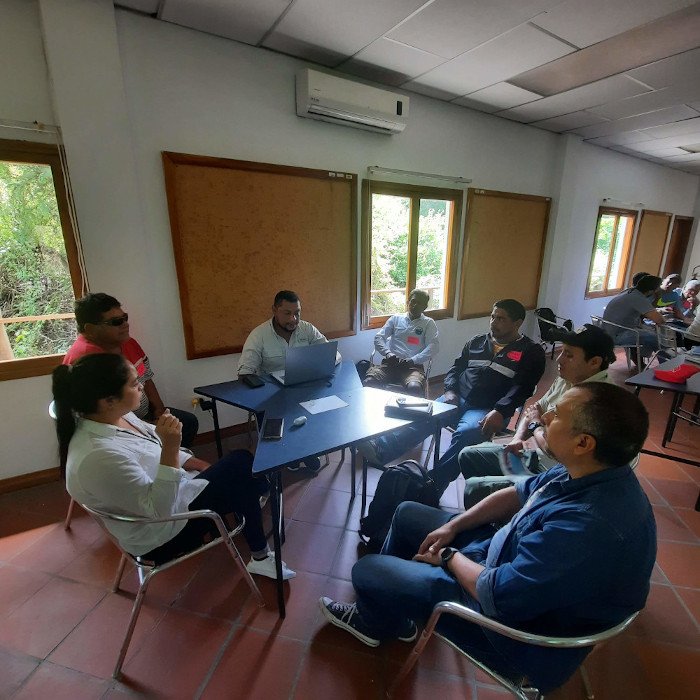
We entered this final sea cucumber working session of the Fishing Calendar with anticipation and nervousness, as we were about to propose this management system change. We weren't sure how the government and fishers would react to the mathematical model we were introducing. We had just come from a meeting the previous month about coastal fish, where we couldn't agree on management measures for the Galapagos Grouper. It was a tense and challenging meeting. Based on this and other experiences, we knew we needed to transparently communicate our model proposal; otherwise, confusion and conflicts could arise, as had happened before. We prepared a visually engaging presentation about the sea cucumber, displaying all the graphs generated by the mathematical model. We chose the simplest one to understand it, with traffic light colors indicating the population's health status. Taking a deep breath, we began our presentation about the sea cucumber to the working group.
All eyes were fixed on the slides. Initially, participants didn't show much reaction, so we couldn't clearly gauge their thoughts on what they were seeing and hearing. However, we had their full attention. Eventually, when we reached the traffic light-colored graph, expressions of excitement emerged, accompanied by smiles and murmurs. Little explanation was needed, as the image told a compelling story that made us all proud. The light was green. We had successfully recovered the Galapagos sea cucumber! The model vividly displayed how the sea cucumber abundance had collapsed in 2006 and gradually recovered until finally, thanks to the agreed-upon five-year moratorium, the sea cucumber population regained health in 2021 and 2022.
The emotion in the room was palpable, especially among the fishers. A fisherman from Isabela Island began explaining the graph to his colleagues to address some uncertainties. During the workgroups formed to analyze the sea cucumber fishery, we continued to employ the model to predict the future of the sea cucumber using various suggestions. "What if we don't set catch quotas?" some fishermen asked. "How many more sea cucumbers will there be if we don't harvest them?" an environmental ranger inquired. It was evident that both fishers and the government were open to using this new methodology to assess the sea cucumber's status in Galapagos and make decisions on whether to open the fishery each year and determine extraction quantities. When the question "Who disagrees with changing the management system for the Galapagos sea cucumber?" was posed, no one responded.
